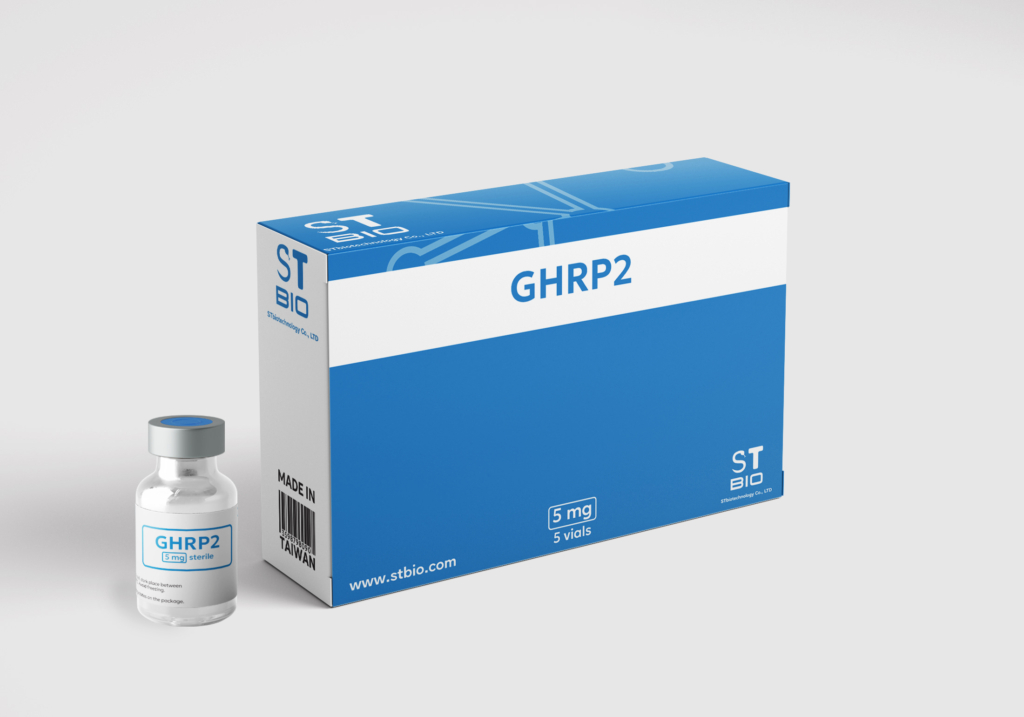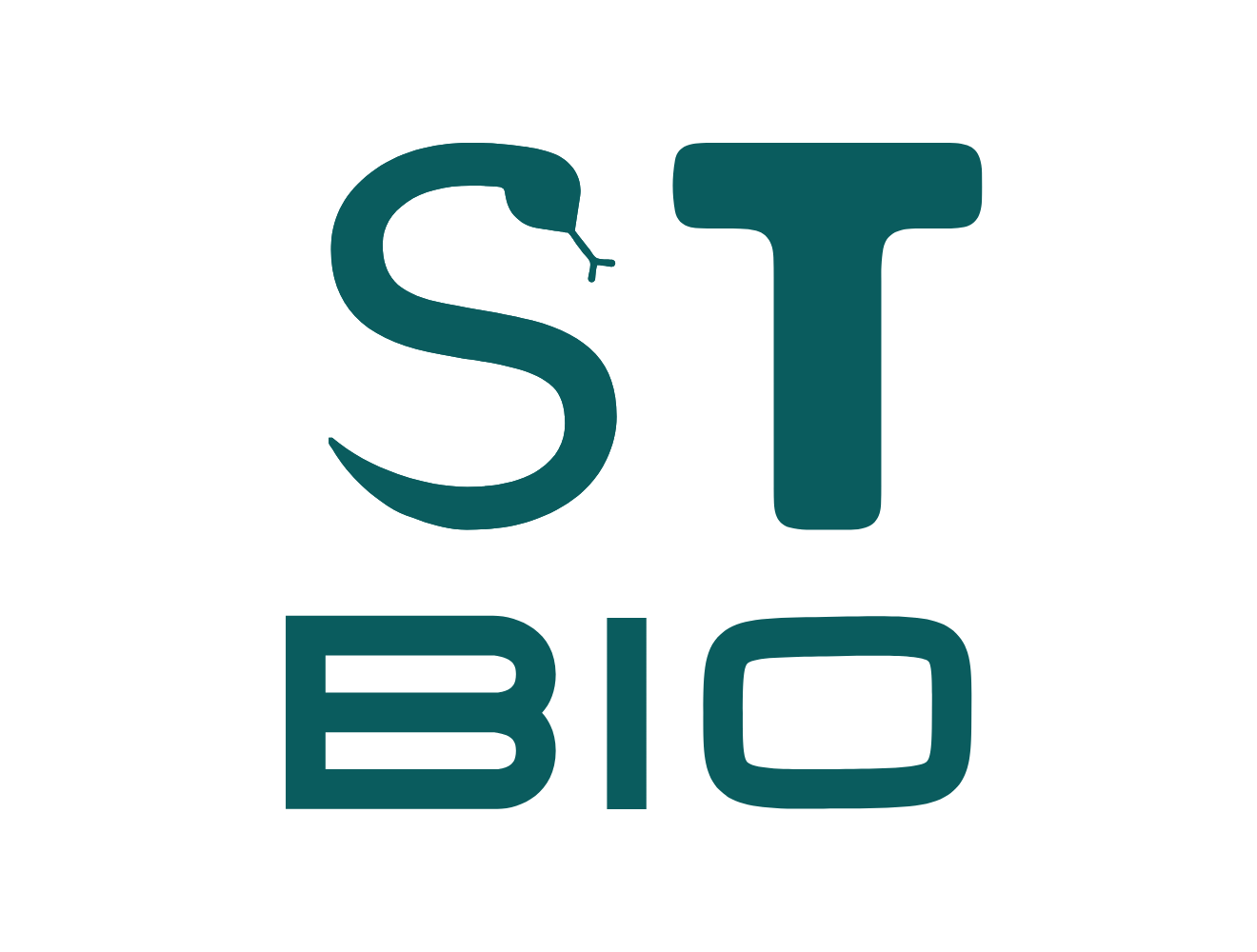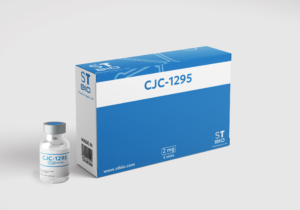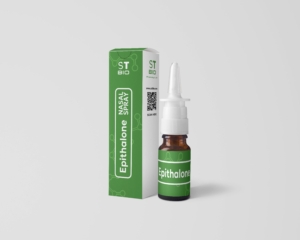
GHRP2
GHRP-2, also known as KP 102, is a synthetic hexapeptide classified as a Growth Hormone Releasing Peptide (GHRP). It works by targeting the hypothalamus and pituitary gland to boost the release of growth hormone, while also mildly influencing the levels of prolactin, ACTH, and cortisol. As a true human growth hormone (hGH) secretagogue, GHRP-2 stimulates the body’s natural production of hGH, which has been shown in studies to enhance lean muscle growth and reduce fat. Research confirms that GHRP-2 is highly efficient at promoting growth hormone release in test subjects. Its short half-life results in peak concentrations within 15 to 60 minutes post-administration.
GHRP-2 Interaction with GRF Analogs (CJC-1295 / Sermorelin)
GHRP-2 acts on different receptors than those associated with Growth Hormone Releasing Hormones (GHRH) such as Sermorelin and CJC-1295. However, pairing GHRP-2 with a GHRH analog like Modified GRF 1-29 or CJC-1295 DAC can lead to enhanced effects. GHRP-2 mainly interacts with ghrelin receptors, and as a synthetic super-analog of GHRP-6, it efficiently triggers growth hormone release. Additionally, it acts as a ghrelin agonist by binding to the growth hormone secretagogue receptor, leading to increased calcium ion influx and growth hormone secretion (Wu et al., 1994). Although GHRP-2 mimics ghrelin, it does not promote fat storage.
Comparing GHRP-2 with GHRP-6
GHRP-2, being a second-generation peptide following GHRP-6, is generally seen as more effective in stimulating growth hormone over longer periods. It is also known to raise IGF-1 (Insulin-like Growth Factor 1) levels, with even greater results when combined with GHRH. Like GHRP-6, GHRP-2 has a short half-life, with peak activity occurring between 15 and 60 minutes. Unlike ghrelin, GHRP-2 does not significantly increase appetite or fat storage, making it a preferable option for those seeking growth hormone benefits without lipogenic effects.
The Role of GHRP-2 as a Growth Hormone Secretagogue
Extensive research has confirmed GHRP-2’s effectiveness as a growth hormone secretagogue (GHS). It has been shown to markedly boost the body’s natural growth hormone production, a conclusion supported by key research published in the 1997 Journal of Endocrinology and Metabolism. Studies indicate that GHRP-2, along with peptides like Ipamorelin and GHRP-6, may benefit individuals with hormone deficiencies. Since these findings, GHRP-2 has gained widespread use, and further studies have validated its potential to support those unable to naturally produce enough growth hormone. However, individual responses to GHRP-2 can vary due to differences in pituitary receptors and somatotroph characteristics across different species.




